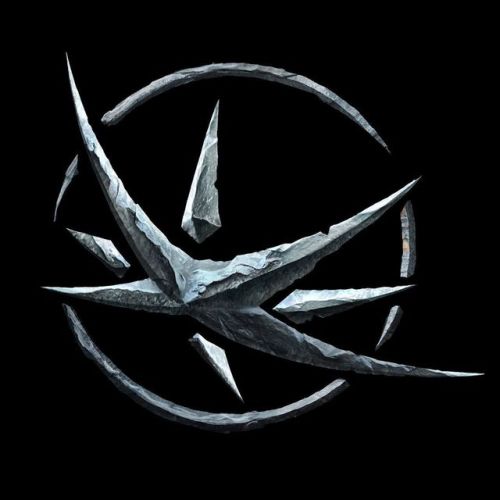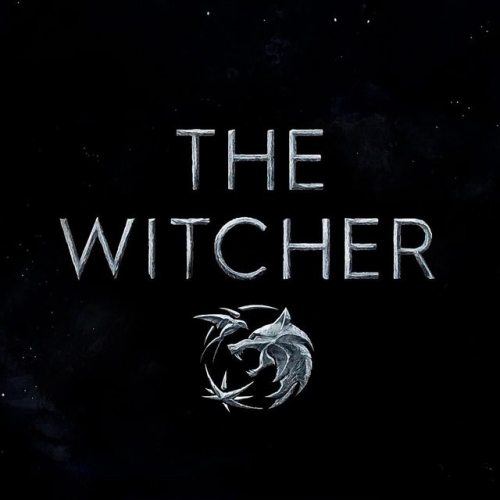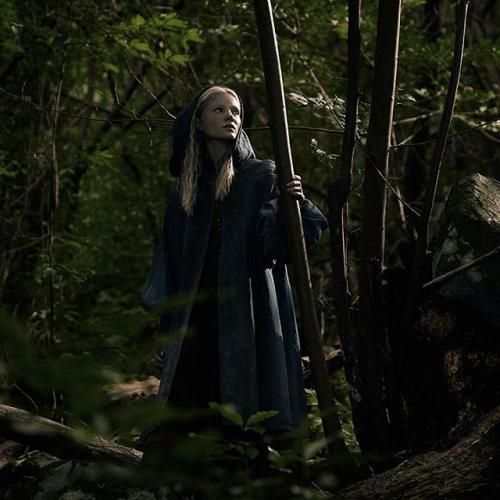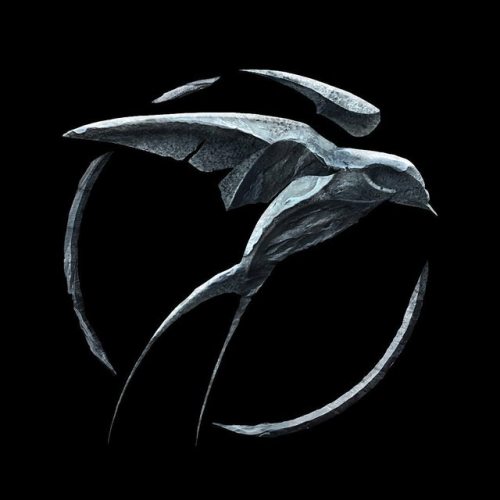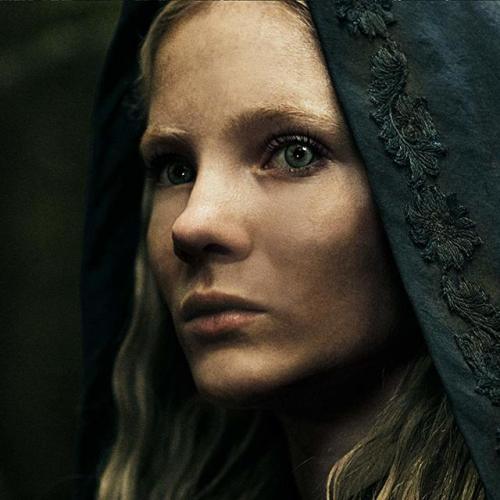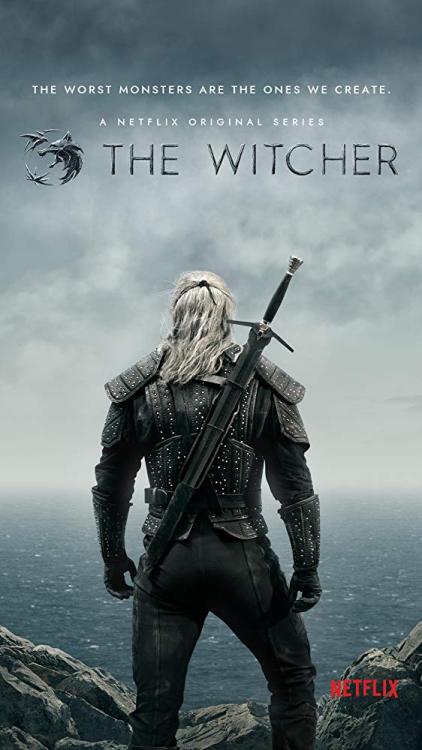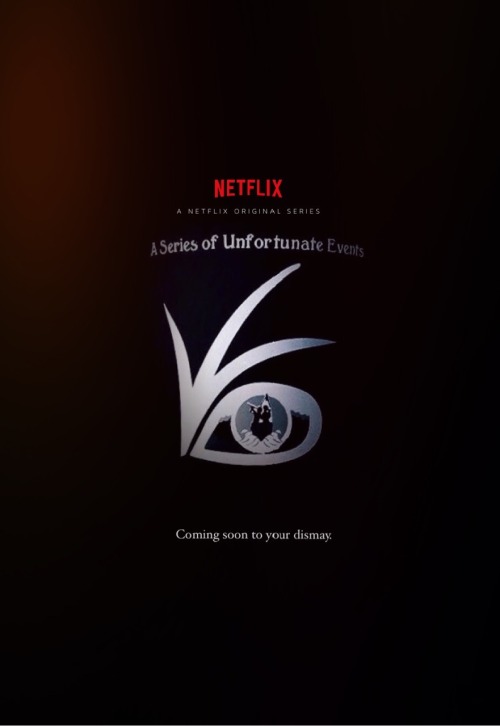#netflix original series









shadow and bone cast icons (without psd)
like/reblog if you save or use, thanks






icons ginny and georgia cast (2021) without psd
like/reblog if you save or use. ty

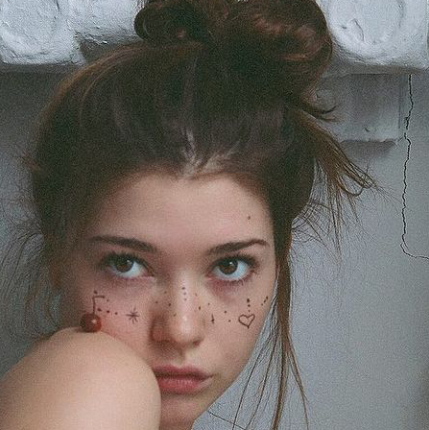







icons ginny and georgia cast (2021) withou psd.
like/reblog if you save or use, thanks









Kiana Madeira icons (without psd).
like/reblog if you save or use, thank u <3









Olivia Welch icons (without psd).
like/reblog if you save or use, ty :)









Alina Starkov icons (shadow and bone, 2021) without psd
like/reblog if you save or use, thanks.

Sir Tiuri the Valiant | Netflix Letter for the King
I got really inspired after binging this show in a day…

He’s going to take you on a magical journey ✨


Dare Me 1x01
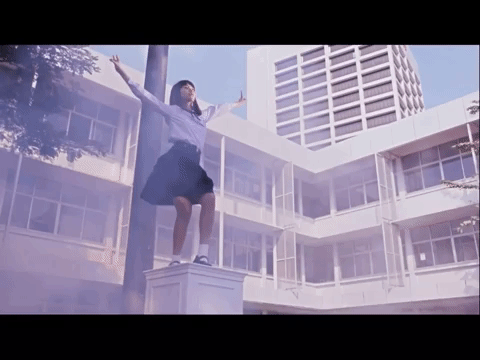



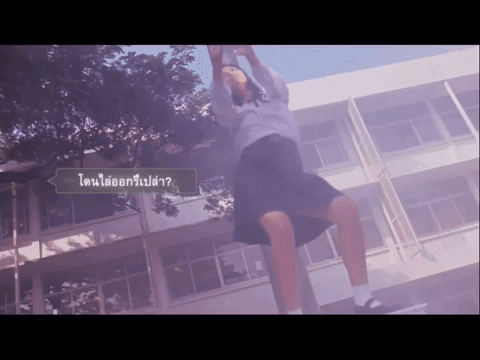


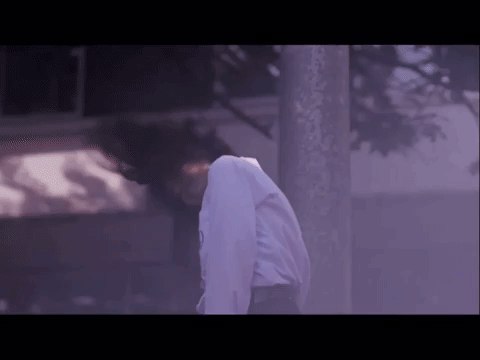
group chat: haha yeah nanno sucks
nanno: ♪┏(・o・)┛♪ (◕‿◕✿) ♪ヾ(◕ヮ◕)ノ♪
Get your first look at Geralt (Henry Cavill), Yennefer (Anya Cholatra), and Ciri (Freya Allan) in The Witcher
Post link

Here’s a video showing the process of my Rilakkuma and Kaoru piece I made a few weeks back! Hope ya like it! :D
Being a bisexual means having a crush on both Sydney Novak and Stanley Barber at the same time

Previouslywe discussed how the growth of the anime market place in the mid-to-late 80’s established a new production trend, the OVA, as well as a new precedent for violence and sexual content in animation. This new precedent in turn helped lead to the development of new Devilman anime that could incorporate the more brutal aspects of the manga without fear of broadcast standards or guidelines. With the advent of pay-per-view programming and On-Demand broadcasting, a similar change would occur to the market place again, Original Net Animation, or ONA for short.
The similarities between both OVA and ONA can seem rather negligible for most, where the biggest difference being their intended distribution: either through home video or some kind of video service. However, a gradual shift in the production of ONAs would eventually take place because of technological advances; with ONAs making the shift from being mostly pay-per-view or On-Demand, i.e. cable services, to internet streaming content, either original animations made by indie creators, or for the sake of this article, professionally made content for streaming platforms.
ONAs have recently found themselves becoming a hot ticket item. Corporations are desperately trying to get a foothold in the streaming market and maintain staying power–keeping their customers paying every month; never lapsing in their subscriptions to their service. A key element to this is curating an extensive library of entertainment you cannot get anywhere else. This has lead to the creation of an astronomical amount of new entertainment, all catered to a younger, online audience instead of an traditional mainstream television audience, and the effects can be felt in almost every medium, anime is no exception.

Netflix’s forway into original anime started out slowly, first with just licensing already localized anime, then to translating and simulcasting new anime themselves, and eventually to funding the creation of their own anime. For Devilman it all started back in 2015 with an OVA series released in Japan called Cyborg 009 vs Devilman. Netflix ended up picking this series for international distribution. This OVA is a bit of an odd one, however, and you don’t see many people mention it, despite Devilman’s eventual rise to the mainstream a few years later on the very same platform. I imagine a large part of this may be the cross-over aspect, as not only do you need to be familiar with Devilman, but you also need to really know your Cyborg 009. Oh boy do I hope you know your cyborgs.
The first episode of this 3 episode OVA is the worst offender of this, as it has a cold opening that animates famous scenes from both series’ manga, a cool treat for long time fans, but an absolute nightmare for everyone else. Not only will the first 5 or so minutes of this anime be hard to follow, lead alone understand, for those who are new to one or both franchises–it’s also spoiler city, showing potential newcomers huge moments from their respective franchises way before they should. It would be as if Star Wars: A New Hope started with the scene from Empire where Darth Vader tells Luke he is his father, then rolls its credits and goes back to the start of A New Hope.

While I want to be more negative, however, the cold opening, while not newcomer friendly at all, is just so well made for its fans. This is also weirdly the only instance in any Devilman adaptation that Go Nagai’s use of negative space was replicated. Nagai loved using negative space in his manga, and Devilman is especially heavy on this use during particularly brutal or emotional scenes, yet no other anime ever made in the franchise actually tried to replicate this use of negative space other than the cold opening seen here. Perhaps this is a metaphor to best sum up the entire OVA, as it’s a fun romp that knew its two source materials inside and out (look no father than the ending theme animating legendary panels from both manga) but just is really hard for anyone to get into who wasn’t already a huge fan. It’s a shame as this is great fun with a team up I never knew I wanted but ended up enjoying a lot, but it’s just so hard to recommend to anyone.

It would be 3 years later in 2018 where Devilman really got his major hit on Netflix, Devilman Crybaby, a brand new ONA produced in part for Netflix itself. Devilman Crybaby was helmed by directer, animator, and all around auteur, Masaaki Yuasa, an artist that was for the longest time an underground darling but has recently started to really garner the more mainstream respect he deserves, much like Devilman itself. Yuasa and his studio Science Saru have a very unique look that isn’t like what a lot of people may think when they hear “anime”–instead of the usual highly detailed but stiff, Yuasa’s works are mostly fresh and emphasize free form movement. Devilman has never looked like this before, and that’s probably the best way to describe Crybaby as a whole.
Yuasa and his team were able to take the original material and adapted it for modern audiences; revitalizing and updating aspects of it to better match today’s times. Crybaby is a whole new beast entirely, that examines parts of the manga that where there, if you read between some lines, and really gives them a brighter focus–aspect like puberty, and even homosexuality are all more thoroughly explored than their original 1972 counterparts where they mostly were left for subtext and later works in the franchise to flesh out. Police brutality, poverty, mob mentality, social movements, and the internet are also now examined under the microscope; aspects that weren’t entirely new are given more depth than previous adaptations have ever really taken the source material as well. Devilman is no longer just a metaphor for war in Crybaby, it’s a metaphor for hate, injustice, and intolerance. It touches on how volatile and knee-jerk modern society has become. This is Devilman on a 21st century entertainment platform with 21st century values being examined. That’s the real secret to Crybaby’s success.
Perhaps the biggest surprise to Devilman Crybaby though is that it is the first animated adaptation to Devilman in over 45 years to ever adapt the original, infamous ending of the manga. That is insane to think about, it took four and a half decades until an entertainment platform outside of comics could show the ending. For many fans this was the cherry on top for Crybaby, something that seemed almost impossible by that point was finally delivered. And let me tell you, it was worth the wait. The original manga ending works especially well with this new interpretation of the material too–Yuasa and his team were able to really transform the whole thing into something beautiful. The less said about the ending, however, the better, so all I will say beyond this is: be ready.
It’s hard to tell where Devilman may go in the future, we examined its prototype, we looked at the original TV series that started it all, went over its OVAs where the series really started to come into its own, and now ended on its ONA where it has finally found mainstream appeal on an online platform. Through the course of all these reviews I really enjoyed seeing how Devilman transformed with the anime market on a whole, but now that my Devilman coverage for this month is coming close to an end I will like to look at the original medium that it was created on; so the final piece of Devilman related content for this year’s Zero Frights will be an examination of some Devilman manga. Please look forward to it.



